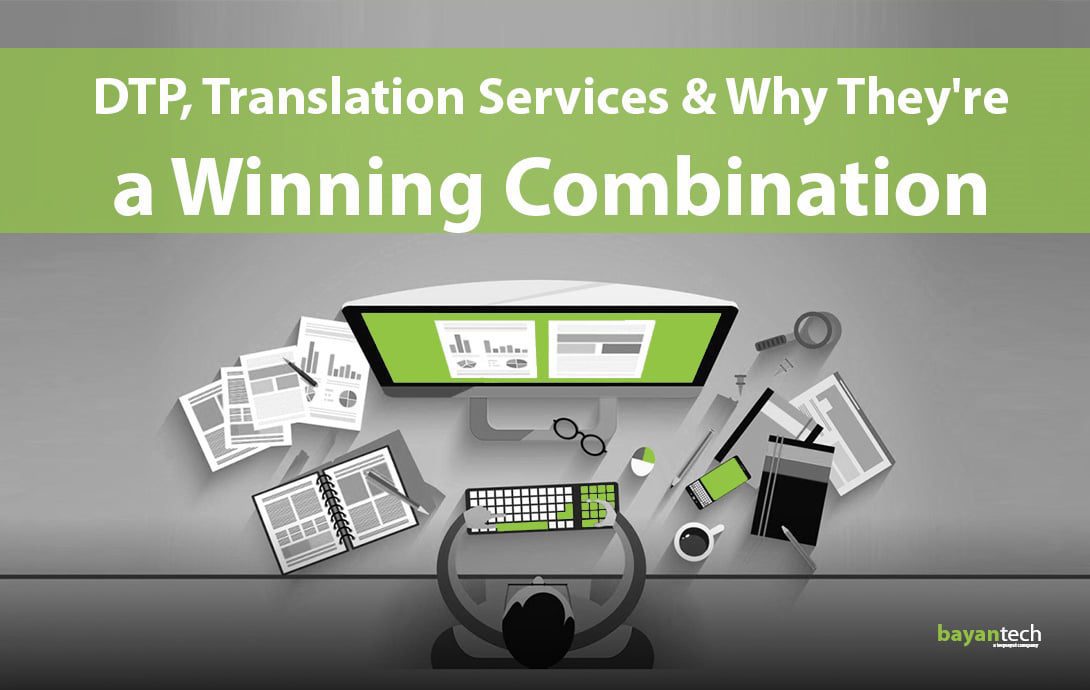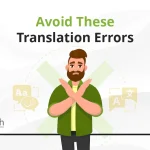Desktop publishing (DTP), translation services, and localization are often analyzed as different, discreet processes. But, in fact, these disciplines often complement each other to completely adapt the linguistic and cultural dimensions of a text.
In this post, we’ll share how DTP, translation, and localization work in tandem, and how partnering up with a translation company that has DTP specialists in their team can benefit your business in concrete ways.
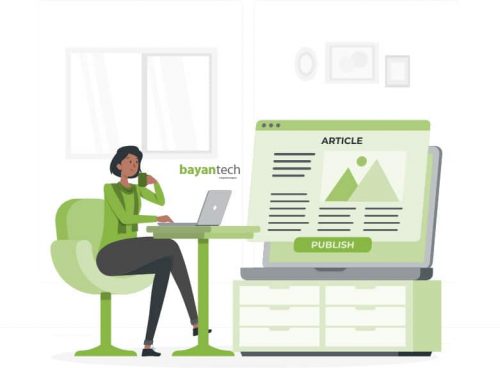
What Are DTP, Translation Services, and Localization?
DTP (Desktop Publishing) consists of designing documents for print or digital publishing using publishing software. In the context of a translation project, DTP specialists will implement cutting-edge tools to adapt an existing document’s design layout and images so they fit a translated version of the original content.
Translation, as you probably already know, is the process of rendering a message into a different language, so it can resonate with a new audience while serving the same purpose as the original.
Localization builds upon translation and adapts aspects of a document that are not strictly linguistic, as well. For example, the images or infographics that complement your text.
A truly holistic and ROI-positive translation process will involve DTP, translation services, and localization.
Why DTP Is Translation's Essential Complement
In this section, we’ll dive into the need for DTP, where it comes from, and how DTP can make a difference during the translation process.
Throughout this article, we’ll use the example of a brochure. Let’s say you operate a company that provides City Tours of Rome. Your target audience is probably multilingual. So, it can be wise to have your originally Italian brochures translated into Spanish, English, and German.
Due to their common roots and historical development, Spanish and Italian are very similar languages. So, you might be able to simply remove your Italian copy from your brochure and replace it with your Spanish content. No complex multilingual desktop publishing is needed. Everything fits right in place.
But, when it comes to German, you’ll be dealing with a language in which words are longer, and often compound. Your German brochure will probably benefit from professional DTP services.
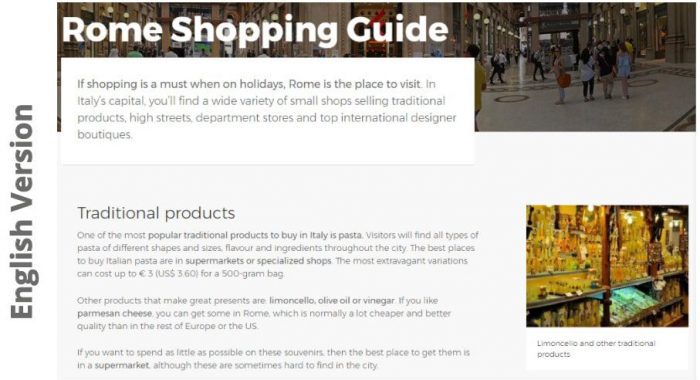

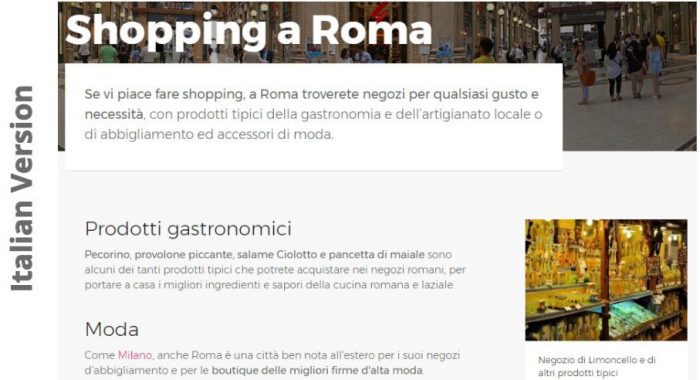
How Localization Enters the Picture
Let’s say that your tours are starting to see a more diverse crowd. It’s no longer just Spanish, British, or German tourists: Japanese and Arab travelers are joining your tours every week. Business is booming, and you’ve even commissioned Arabic and Japanese versions of your tour tapes.
But, when your translation company adapted your audio guide script into your new target languages, you noticed that they scraped off and replaced a few cultural references that wouldn’t resonate with your new target audiences.
Every new target locale has a different cultural background, different preferences, and different worldviews. Best-in-class companies adapt to those preferences to create experiences that feel like they were originally designed for each foreign target audience.
Aside from mirroring your document’s original layout, a holistic approach will entail changing images, cultural references, tweaking your use of color, and making other small but significant changes.
Desktop publishing services often cross the imaginary line that separates disciplines and turns into localization.
The Business Impact of DTP, Translation Services, and Localization
Now that we can understand why multilingual DTP, translation services, and localization complement each other, let’s further dive into the impact they can have on your business.
Following our hypothetical example, let’s say you don’t implement Arabic desktop publishing, and just pour your translated documents into your existing page layout. What would that result look like?
We can assume that your content will be hard for your target audience to navigate. Basically, it will be hard to find where a statement begins and where it ends, and how blocks of text connect.
The layout will be hard for your target audience to navigate, which can make them feel alienated. At the end of the day, when you’re on vacation, you don’t want to spend 15 minutes trying to decipher a city tour’s brochure.
Implementing DTP, translation services, and localization will help you connect with foreign audiences, appeal to them, and project a customer-centric image of high quality and trust.
Even in cultures that aren’t extremely dissimilar, DTP translation services and localization can finetune your message to make it more engaging at a local scale. But, when your new customers speak a language with an entirely different writing system and set of mechanics, DTP translation services are a must.
Multilingual DTP Best Practices Cheat Sheet
Pitching multilingual DTP within your company?
Our multilingual DTP cheat sheet is the tool for you.
How to Choose the Best DTP Translation Services Provider
In this section, we’ll focus on how to get your project off the ground. Basically, if you need DTP translation services, it’s safest to look for a translation and DTP company with the resources and experience to help. But, how can you make sure you’re choosing the right language partner?
Reputation
Does your potential multilingual DTP services provider have a good reputation in the industry? Have they worked with leading brands? You can probably get this information through a quick Google search, or by checking out your potential language partner’s website.
Language Expertise
Does your potential DTP translation services provider have a team of native translators? High-quality DTP services will have a very limited impact on your business if your content is poorly translated. Make sure your potential LSP has experience working with your language pair and can connect you with the right professionals.
Customer support
A company’s customer support says a lot about the quality of its work. Of course, you can have great translation outputs and poor quality customer service. But DTP, translation, and localization projects connect with your business’ vision to such a degree that how you communicate with the project manager can make a world of difference.
Communication makes or breaks DTP projects. If your translation company is hard to reach, unresponsive, or hostile to reasonable questions, your DTP project will be unnecessarily complicated to carry out.
Content & References
Does your potential DTP translation services provider create quality content around their services? The content a company creates tells a lot about its work philosophy and standards. Reading through your potential translation company’s blog can also help you discover if they have expertise in your sector.
Technology & Processes
Does your potential DTP translation services provider implement competitive technology? Do they have solid processes?
A company that uses CAT tools, MT engines, a translation memory and other solutions to speed up the translation process will work at a high quality standard while keeping DTP translation rates efficient and competitive. This is the kind of language partner you’ll want to work with.
Sign up to our newsletter to receive the latest blogs and news.
4 Questions You Should Ask your DTP Translation Services Provider
Let’s say you have a meeting with your potential language services provider coming up: How can you make sure you ask the right questions and get a true understanding of how they will handle your project?
In this section, we’ll share 4 questions you should ask your DTP translation services provider before you get started.
How can I help you make the best out of this project?
As we’ve already explained, the most successful DTP translation services providers understand that communication is key. At the end of the day, every project is carried out in service of the client, and their unique vision of their product and company should be held in high regard.
Approaching the project as a collaboration implies that you can directly impact the quality of the final product. Don’t hesitate to ask your translation services provider if there’s something you can send their way to make their life easier.
Chances are they will request:
- Brand guidelines
- References from competitors/previous assets your brand has produced
- High-definition brand assets
- An editable version of your source file, if it exists
How often will I get updates?
Multilingual DTP projects can take time. Ask your project manager for an approximate timeline. Open yourself to updates and requests for feedback, and promote transparent communication from day one. Your LSP will thank you, and your project results will be extraordinary.
Will there be any extra costs?
The longer and more complex your original document, the higher the chances of exceeding your foreseen budget and timeline. Don’t hesitate to ask directly: What aspects of the project could go over budget? By how much can you expect the budget to be exceeded?
Clear communication around this dimension of the project can prevent misunderstandings and help your translation and DTP teams to set priorities.
What does your QA process look like?
Chances are your DTP translation services provider of choice publicly shares some basic information about their workflow. But don’t hesitate to ask for details during meetings.
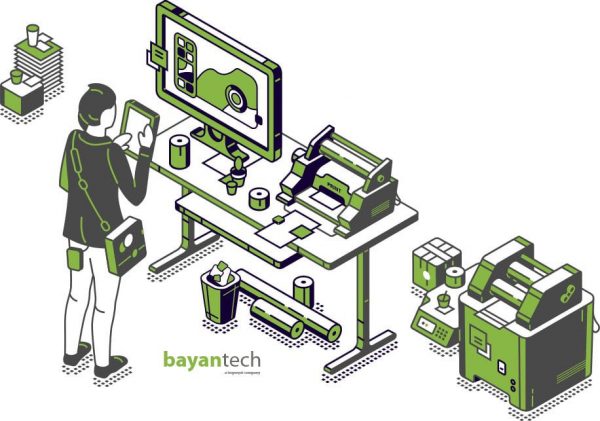
Translation & DTP Solutions by a Renowned Translation Company
At bayantech, we work across translation, graphic design, and localization to help businesses expand, scale, and connect with foreign audiences. With almost two decades of experience, we’re the language partners of some of the largest and most innovative companies around the world.
Our desktop publishing services rely on attentive project managers, native language translators, and design experts, using a combination of cutting-edge DTP tools, and guided by ISO-certified best practices.

